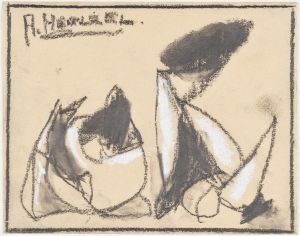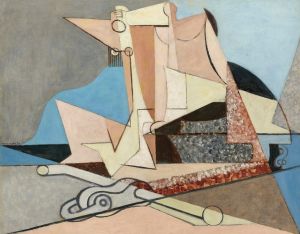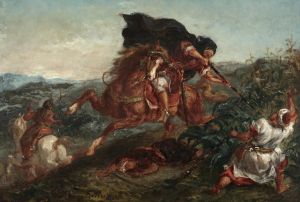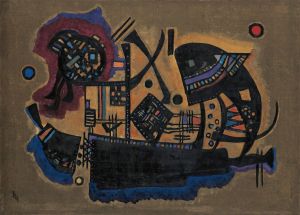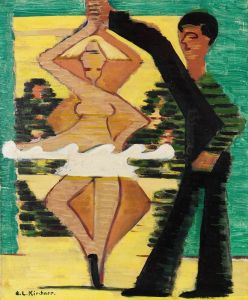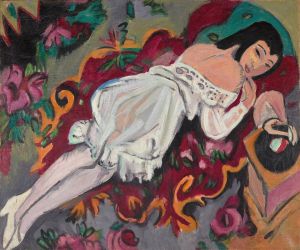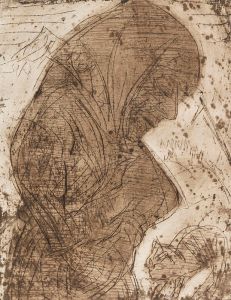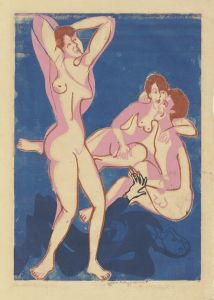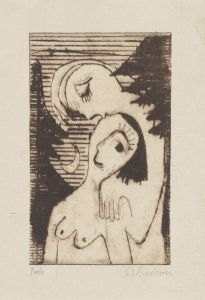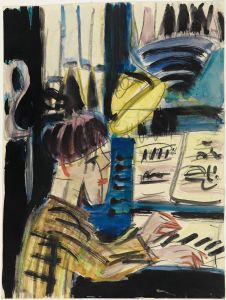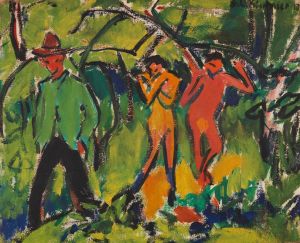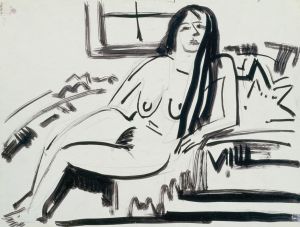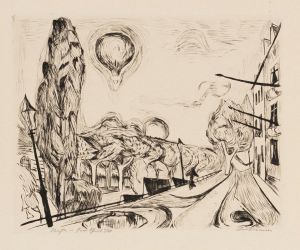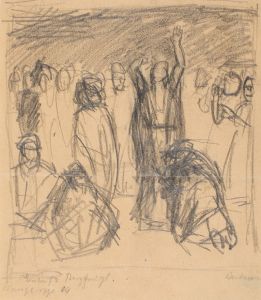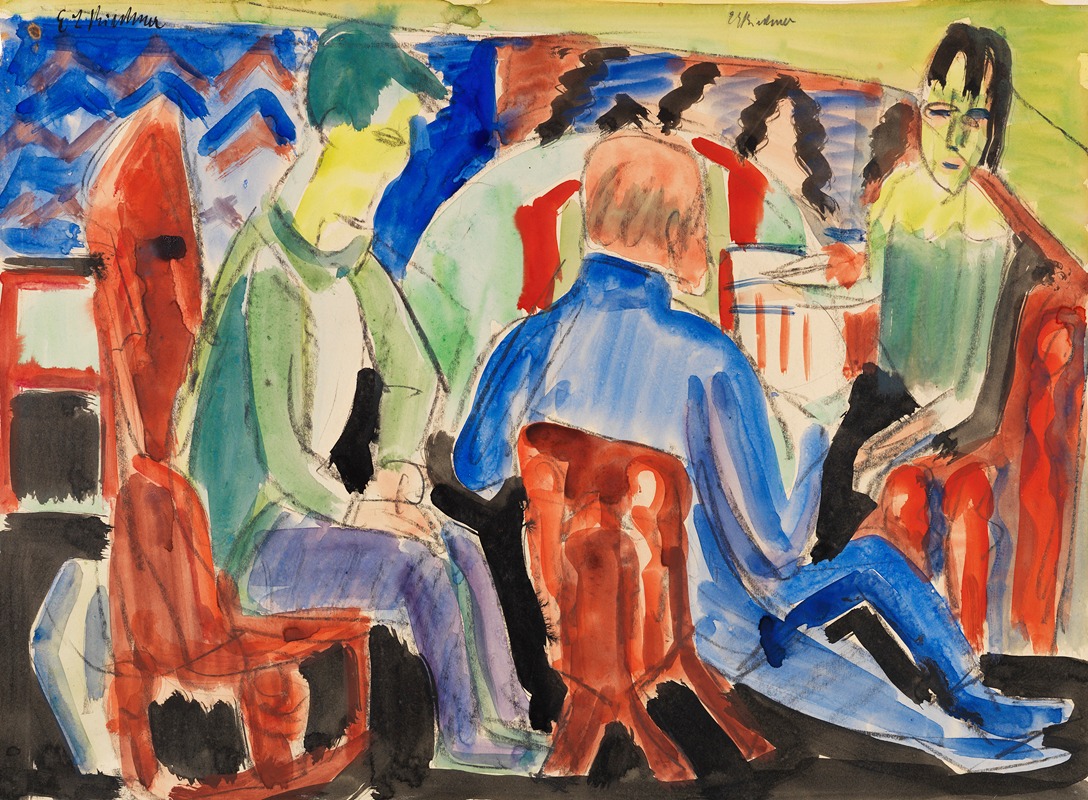
Unterhaltung
A hand-painted replica of Ernst Ludwig Kirchner’s masterpiece Unterhaltung, meticulously crafted by professional artists to capture the true essence of the original. Each piece is created with museum-quality canvas and rare mineral pigments, carefully painted by experienced artists with delicate brushstrokes and rich, layered colors to perfectly recreate the texture of the original artwork. Unlike machine-printed reproductions, this hand-painted version brings the painting to life, infused with the artist’s emotions and skill in every stroke. Whether for personal collection or home decoration, it instantly elevates the artistic atmosphere of any space.
Ernst Ludwig Kirchner's painting Unterhaltung (translated as Conversation or Entertainment) is a work by the German Expressionist artist, who was a founding member of the influential art group Die Brücke (The Bridge). Kirchner, known for his bold use of color, dynamic compositions, and emotionally charged subjects, created art that reflected the social and cultural tensions of early 20th-century Europe.
Unterhaltung exemplifies Kirchner's characteristic style, which often combined angular forms, vivid colors, and a sense of psychological intensity. The painting likely depicts a scene of human interaction, a recurring theme in Kirchner's work, where he explored the complexities of modern life and interpersonal relationships. His works often portrayed urban settings, nightlife, and social gatherings, capturing the vibrancy and alienation of modern society.
Kirchner's artistic approach was heavily influenced by non-Western art, particularly African and Oceanic art, as well as the works of Post-Impressionist and Fauvist painters. These influences are evident in his use of simplified forms and expressive distortions, which aimed to convey emotional truth rather than realistic representation.
The exact date of creation for Unterhaltung is not widely documented, but it is consistent with Kirchner's broader body of work from the early 20th century, particularly during his time with Die Brücke (1905–1913). This period was marked by a focus on experimentation and a rejection of traditional academic art conventions. The group sought to bridge the past and the future of art, drawing inspiration from both historical and contemporary sources.
Kirchner's career was deeply affected by the social and political upheavals of his time. After serving in World War I, he suffered from physical and psychological trauma, which influenced his later works. His art was later condemned as "degenerate" by the Nazi regime, and many of his pieces were removed from German museums. Despite these challenges, Kirchner remains a central figure in the history of modern art.
While specific details about Unterhaltung's provenance, current location, and critical reception are not readily available, the painting is representative of Kirchner's exploration of human interaction and his innovative contributions to Expressionism. His work continues to be celebrated for its ability to capture the spirit of an era while pushing the boundaries of artistic expression.





